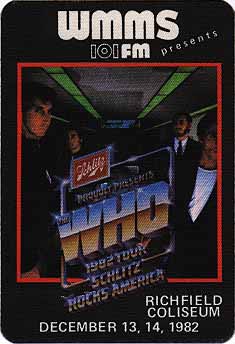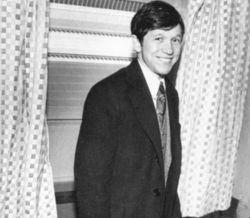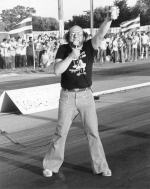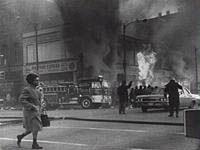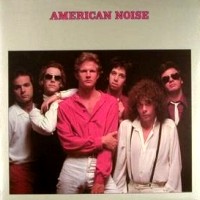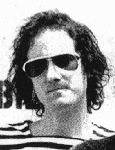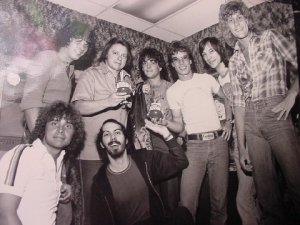
We closed out 1975 with a project that became one of our crowning achievements, a contemporary version of A Christmas Carol.
Denny Sanders and promotion and marketing director Dan Garfinkel scripted the adaptation from Charles Dickens. Murray Saul was Iggy Scrooge, and he played it to the hilt. David Spero was his ghostly partner, steel magnate David Marley. Kid Leo was Little Leo, Matt the Cat played Matt the Crachit, and Shelley Stile was Mrs. Cratchit, with Betty Korvan as daughter Martha.
The three spirits – of Christmas past, present, and future – were Len “Boom” Goldberg, Charlie Kendall, and Steve Lushbaugh. Our “world’s greatest” receptionist for WMMS, WHK, and Malrite corporate Verdelle Warren played Scrooge’s fiancee. Steve Lushbaugh, Jeff Kinzbach, and Ed “Flash” Ferenc were various men about town. Denny Sanders narrated. Guests from outside the staff included Michael Stanley and Alex Bevan. It was directed and produced by Jeff Kinzbach and Steve Lushbaugh.
We recorded it during the busiest production time of the year and its recording and production had to be worked around the commercial production schedule, which, during the Christmas season, was limited to late Saturday and Sunday afternoons and evenings. Since we hadn’t budgeted in advance for the project, no one could claim overtime for participating. It was a true labor of love.
The entire production was done with antiquated equipment and recording tape at our decrepit studios at 50th and Euclid, and took hundreds of hand-made tape splices to complete.
We called it a production of the Buzzard Theater of the Air, a satirical take-off on Orson Wells’ 1930s radio series, the Mercury Theater of the Air.
 Murray Saul on A Christmas Carol
Murray Saul on A Christmas Carol
My first thought is how much the production reflects the mood we’ve been talking about of all being on the SAME TEAM and enjoying it. From the Dan Garfinkel script to Jeff Kinzbach in the control room. Denny Sanders keeping his eye on the whole project. To call it a labor of love is not hype. Me, being Scrooge was a great kick. It was very much like being in your high school play Buzzard-style.
 Denny Sanders on A Christmas Carol
Denny Sanders on A Christmas Carol
I remember that it was taped over two consecutive weekends in December, and edited on the third in time for broadcast on Christmas Eve, 1975. It was all manual cuts, and fly-in dubs from second and third machines. Here’s a story: In the final scene before Murray wakes up everything went quiet. There was a pause and then the next taped segment (waking up) was to be inserted. Because it was dead quiet, you heard the electronic relay click of the tape machine starting. I remember that this drove me crazy, so either Steve Lushbaugh or Jeff Kinzbach (I forget who) backed the tape way up, timed the insert, and rolled it early so that the click was buried in the music bridge just before it went quiet. When working manual and with old gear, you just had to be resourceful!
To hear A Christmas Carol, click here
AUDIO IS BACK ON LINE. Also, enjoy Murray’s Christmas Get Down, below.
For more info on A Christmas Carol and the Buzzard Theater of the Air – see Chapter 11 of The Buzzard


